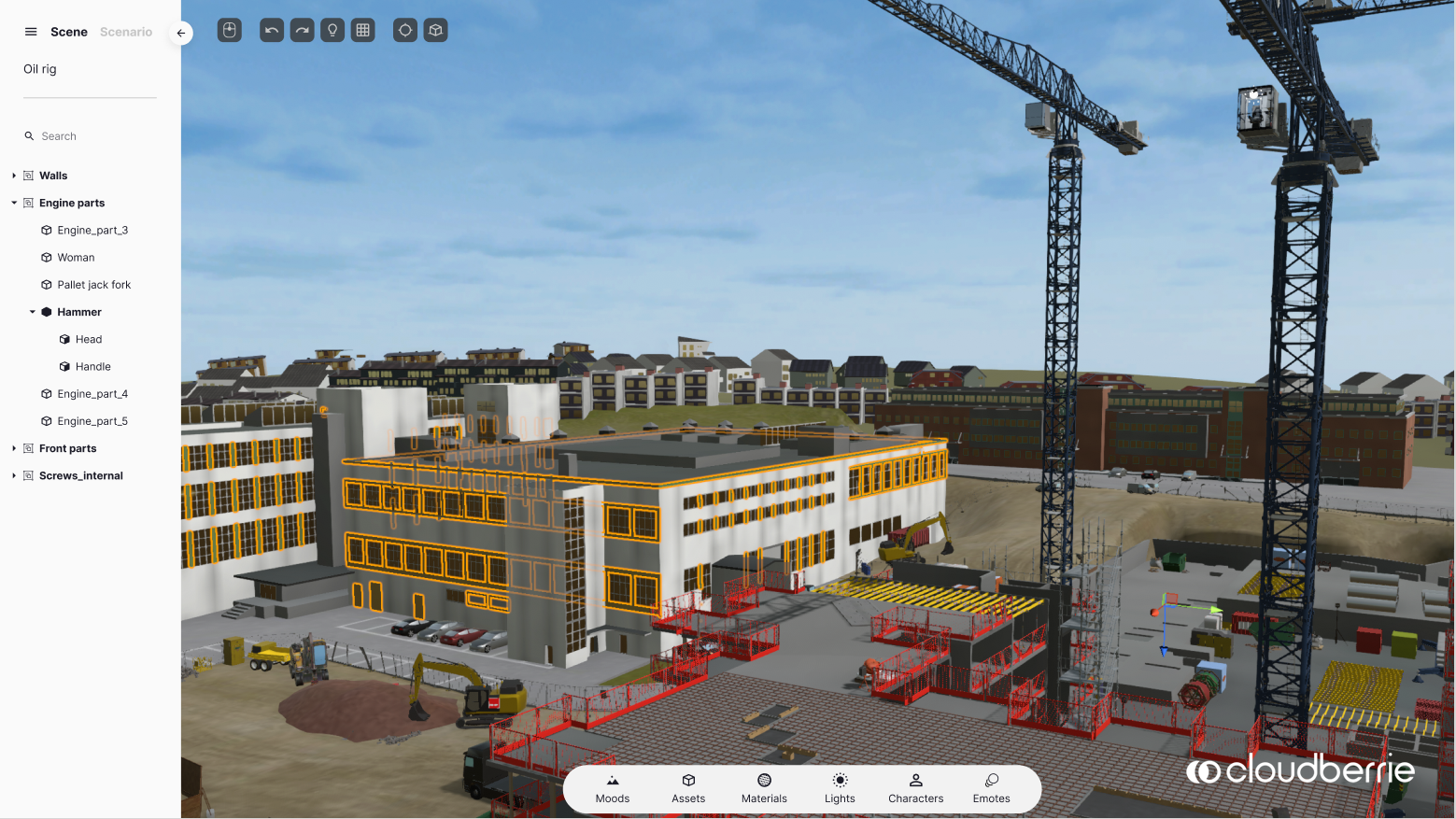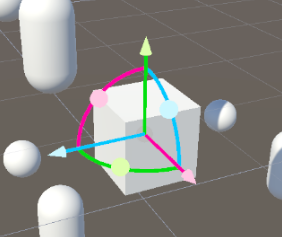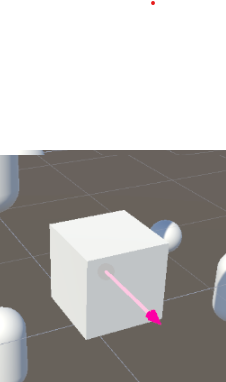Cloudberrie Builder 2.0
Projects | | Links: Cloudberrie Website

An application that lets you create a VR Experience and run it in the VR Application of Cloudberrie
Technology
| Engine | Unity |
| Language | C# |
Builder 2.0 is the third iteration of Cloudberrie Builder. Since Builder 1.0 is an extension of the prototype of Builder, there were a lot of techinical debt that was inherited. It was getting hard for developers to fix and improve upon the existing base of the builder.
Contextual and State Controlled Architecture Design
The biggest challenge of Builder 2.0 was creating it from scratch, and creating an architecture fit for interchangability, and testability. Contextual and State Controlled Architecture (CSCAD) is an idea combining how .NET handles bindings and Flux architecture from JS as its data flow, and finally everything is handled by a State Machine.
Manipulation System, an in-house input handling
Along with the new architecture design, I developed a reusable system where we can reuse input handling for different UI, and open us to late bindings called the Manipulation System.
Observable Model Library
Inspired by Reactive Library where we can observe for variables inside classes and react to them.
Command Binding Framework
An executable command that is reusable around the application and can be binded either to keys using Key Command Binder, or our in-house event system.
Injection Framework
In-house inversion-of-control container that resolves dependencies.
In-house Runtime Editing Scene
In Builder 1.0, they used a third-party plugin to implement runtime editing. However, it was holding us back from extending the actual framework that they used. Instead of using the same approach, we implemented an in-house implementation of runtime editor.



GL Drawer
The first task on the runtime editor was to create simple and a fast way to draw primitives in the scene. We did not opt-in for 3D models as our drawer since it creates an unecessary overhead.
Runtime Transformation Gizmo
Using the GL Drawer library, we were able to draw our own gizmos from scratch. This allowed us to get creative and have specific reactions to the interactions that we do.
